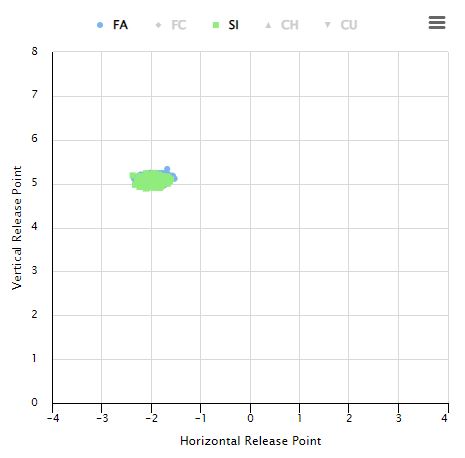A Conversation With Philadelphia Phillies Pitching Prospect Mick Abel

Mick Abel has a classic starter profile and a high ceiling. No. 20 on our recently-released 2022 Top 100 Prospects list, and No. 1 on our Philadelphia Phillies Top Prospects list, the 20-year-old right-hander features a four-seam fastball and a diving slider, plus offerings that he augments with a changeup and a curveball. Drafted 15th overall in 2019 out of a Beaverton, Oregon high school, the 6-foot-5, 205-pound hurler is, in the words of our prospect team, “a prototypical power pitching prospect with huge arm strength, a plus breaking ball, and the frame [to potentially grow into] a No. 1 or 2 starter.”
Abel discussed his repertoire, and his early-career development, over the phone last week.
———
David Laurila: How much have you learned about your pitches since signing with the Phillies?
Mick Abel: “I think I had a really good sense coming in, with how I was brought up with Kevin Gunderson back home. He was sharing the analytical side a lot better than a lot of kids would get from their pitching coaches. But I’ve definitely learned a lot. I’ve learned about things like seam-shifted wake, which is something I’ve asked about a lot.
“As far as my data goes, I haven’t tried to do too many crazy things with it. I know that I’ve got the stuff. It’s more so, ‘How am I going to maintain that, and not deviate too far off of what my normal numbers are?’”
Laurila: That said, have you looked to change any of your pitch characteristics? Read the rest of this entry »


